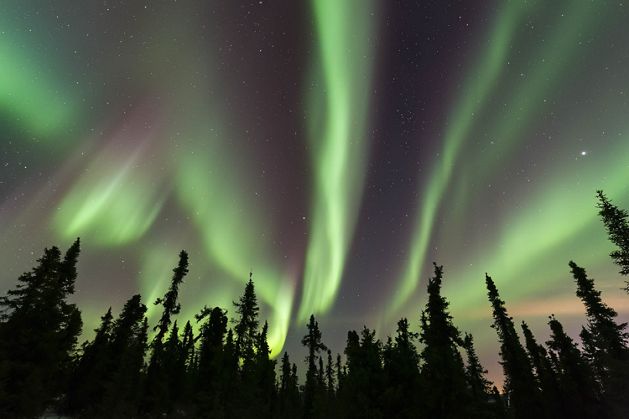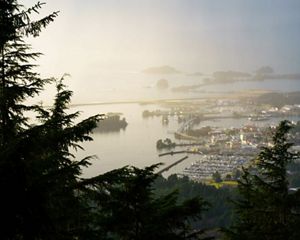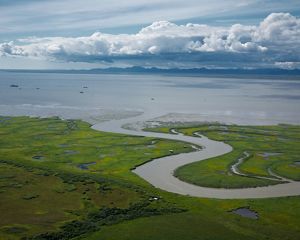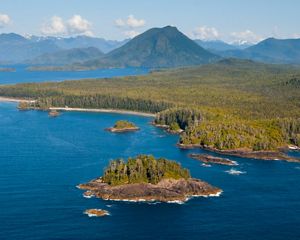In a world absolutely brimming with all kinds of natural wonder, Alaska’s own spectacular marvels make it a place apart. From high mountain snowpack to the streams that bring water to our taps and give life to baby salmon, Alaska’s seasons shape the world around us. They bring a familiar rhythm to our towns and communities. Even if it’s not something we think about every day, the dependability of our seasons has been a reliable part of life in Alaska.
Yet across Alaska, we can see the signs of a changing climate in the uptick of extreme weather, landslides and higher risk of uncontrollable wildfires. Over the past 50 years, Alaska has warmed twice as fast as the rest of the United States. Those of us who know and love Alaska and our ways of life are watching changes in the places where we live and work.
Search for Solutions to Climate Change in Alaska
The changes are prompting an array of responses across the state.
-

Renewable Energy Financing
New legislation supports the development of renewable energy projects in Alaska. Learn how we use effective policy engagement to power our conservation work in Alaska.
-
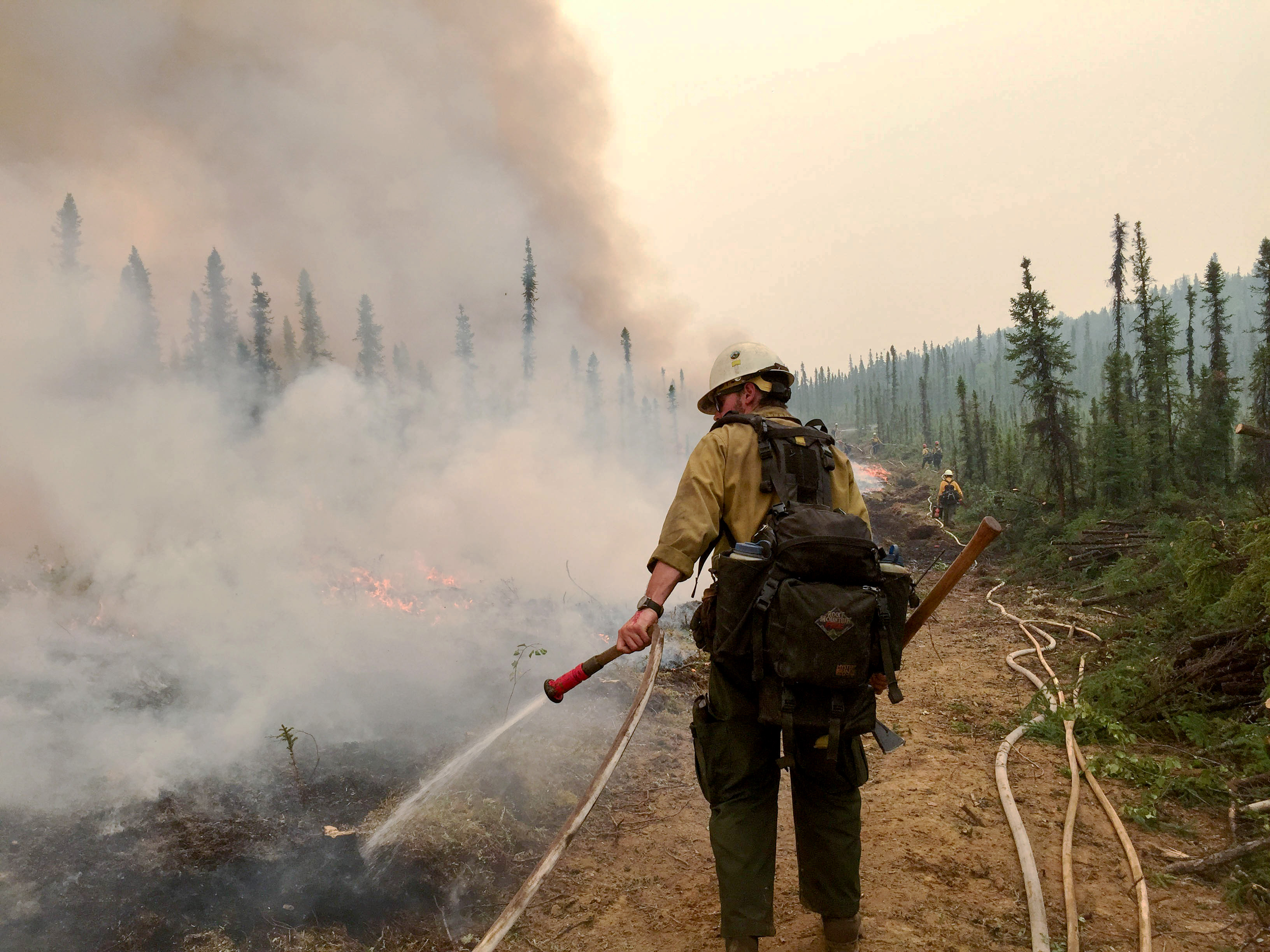
Wildfire
Communities in Alaska are preparing for the growing risk of uncontrollable wildfires that destroy property and threaten lives. See How People Are Preparing Their Communities for Wildfire Risk
-
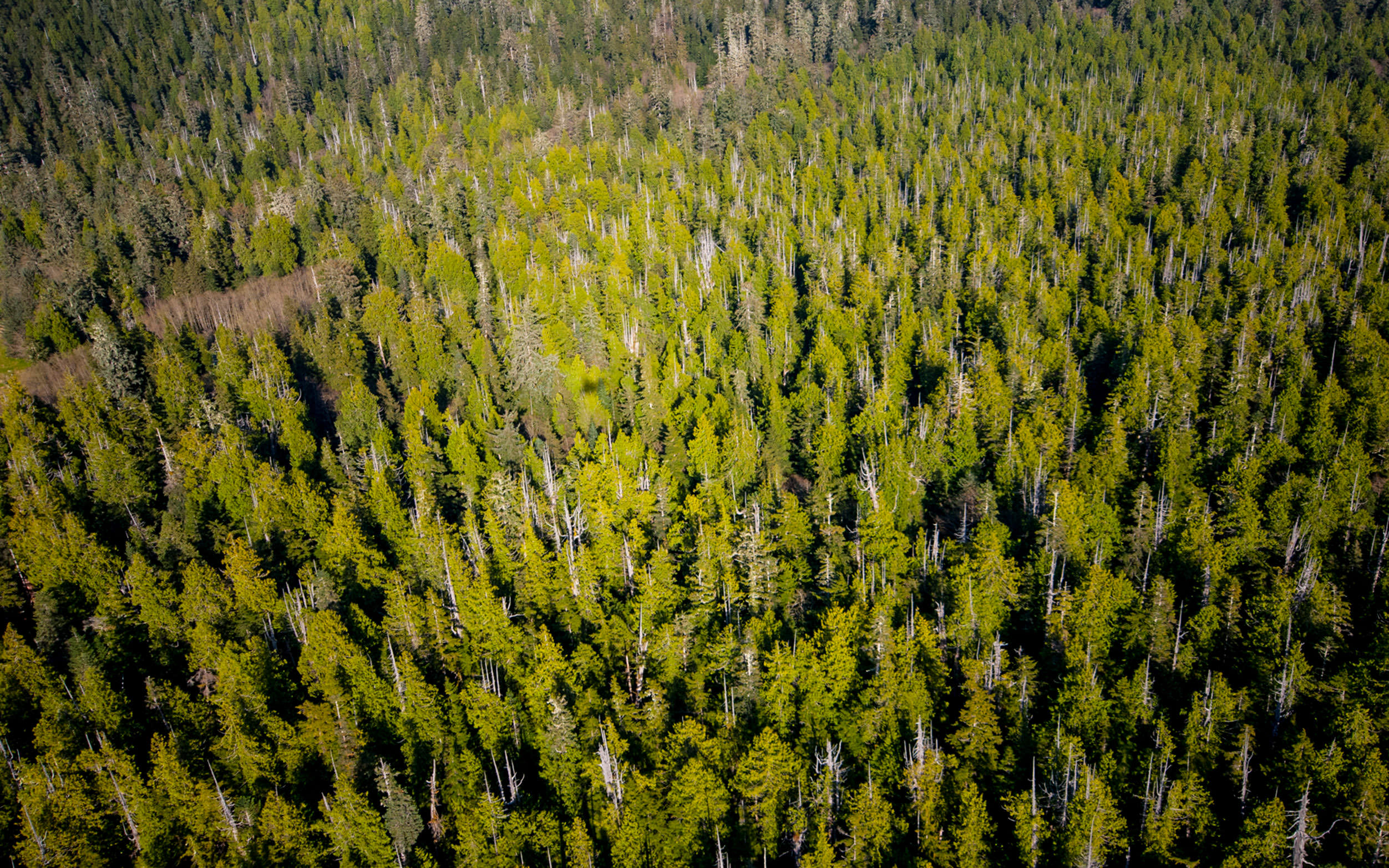
Landslides
A growing number of landslides are jeopardizing community safety and valuable infrastructure in Alaska. Communities Rely on Science to Assess New Dangers
-
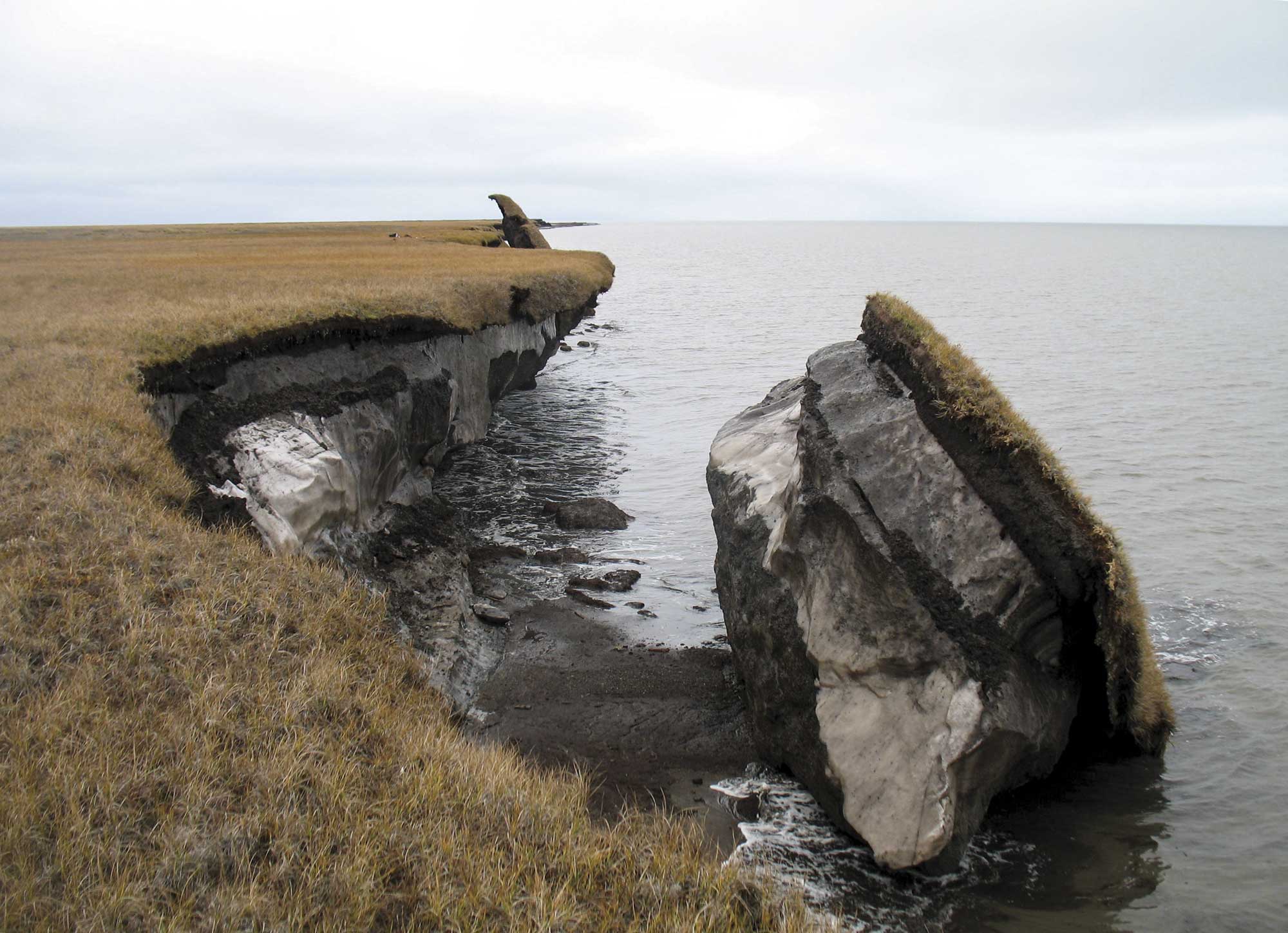
Coastal Erosion and Flooding
Encroaching seas and waterways are forcing some communities to higher ground. Scientific reports show that at least 31 villages are in "imminent" danger. Visit One Village Trying to Find Higher Ground
-
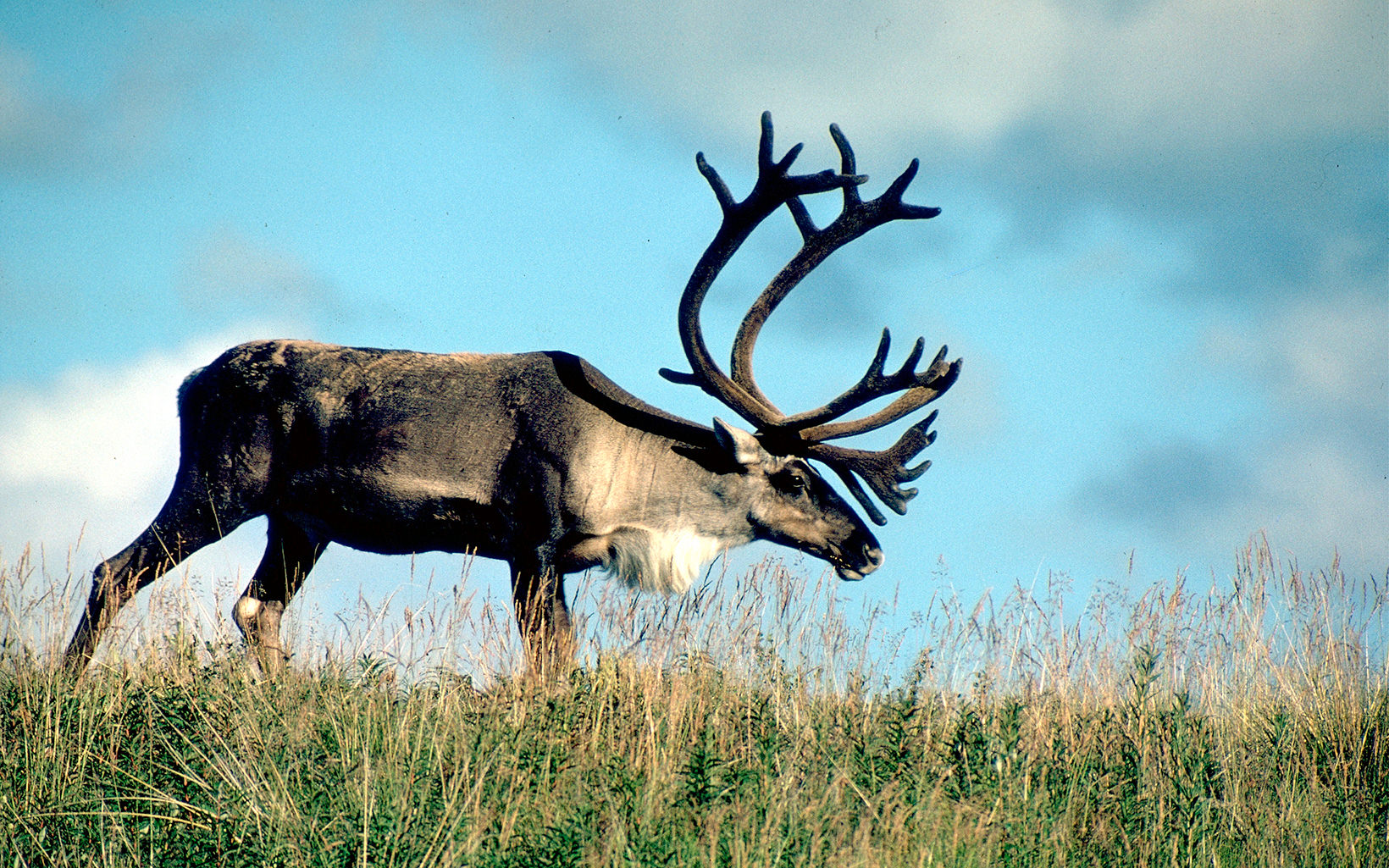
Wildlife and Ways of Life
Caribou migrations are changing. Across the Arctic, many caribou populations are in decline, limiting access to traditional food sources in Indigenous communities. View this Storymap on Caribou Trends in Alaska's Arctic
-
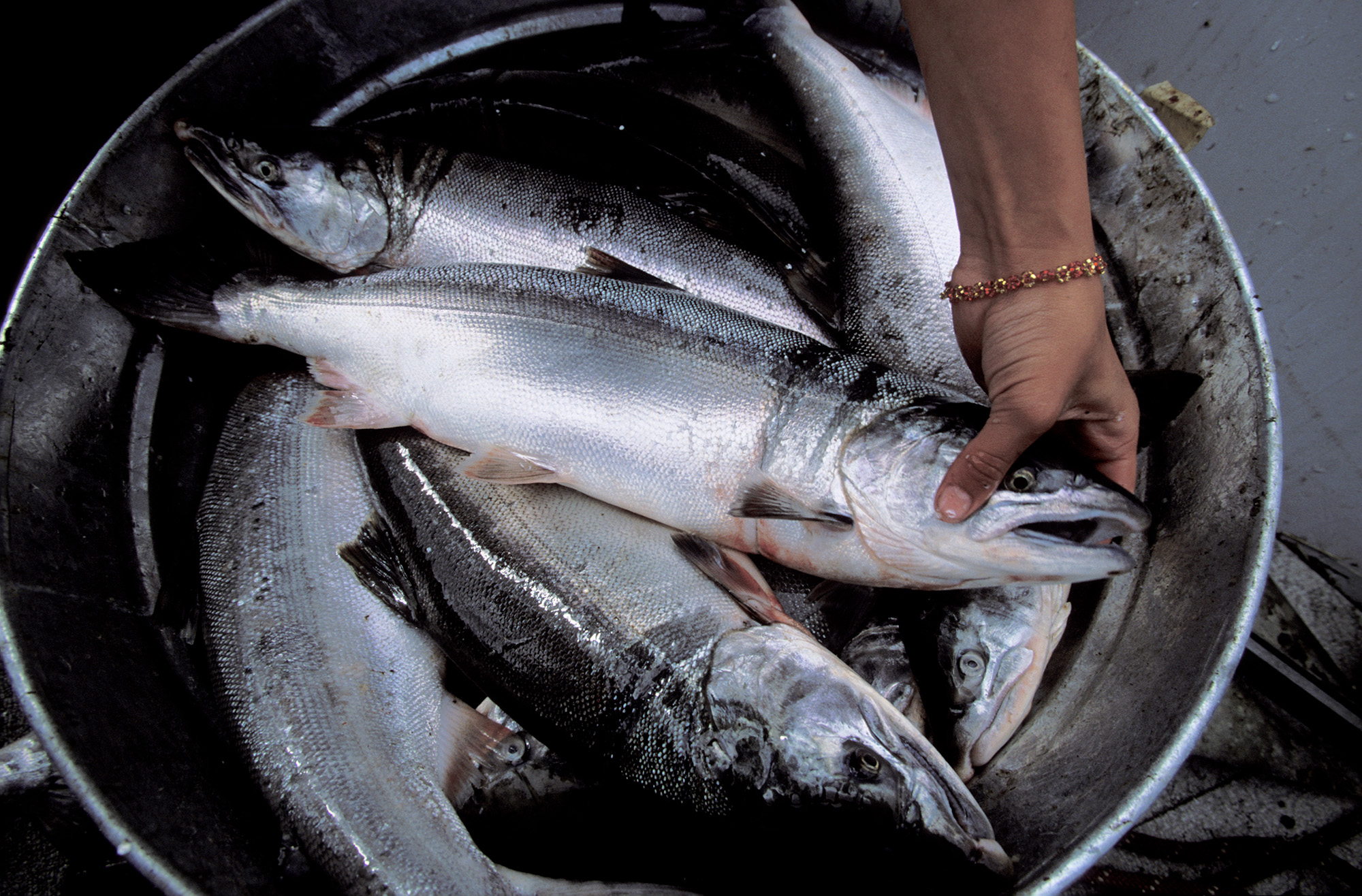
Salmon and Ways of Life
Protecting and restoring salmon streams has become even more essential as science shows that healthy habitat is more resistant to changing weather patterns and warmer waters. See How Changing Flows in Salmon Streams Underscores the Value of Conservation
-
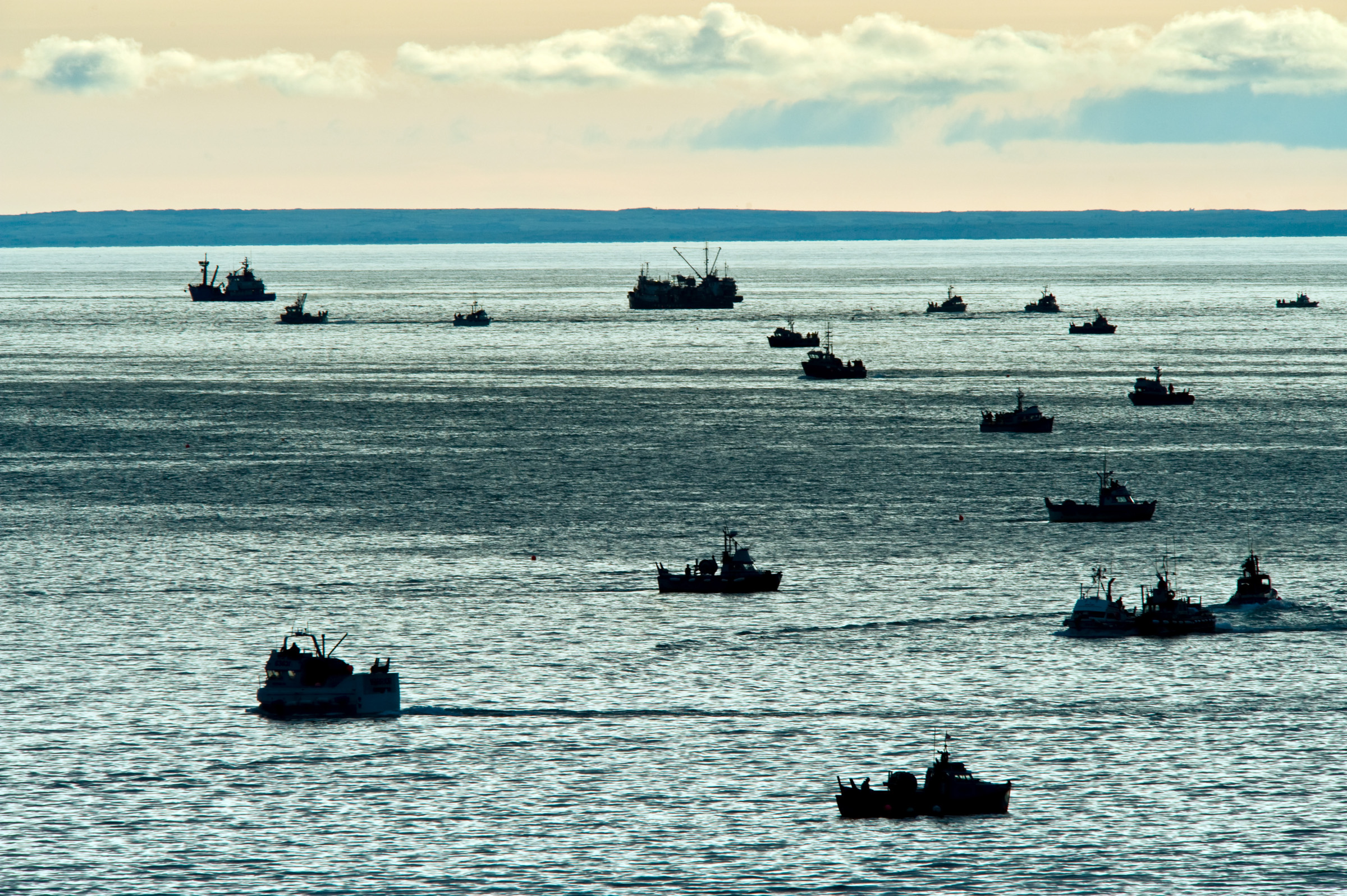
Changing Oceans
Community environmental monitoring efforts are tracking warmer oceans and ocean acidification, which are among the climate effects that bring new uncertainties for Alaska fisheries. See How People Are Tracking Ocean Health in Alaska
-
Thawing Permafrost
Alaska’s Arctic is warming at a rate four times faster than the rest of the planet. Engineers are devising responses to thawing permafrost as it threatens infrastructure like buildings and roads. See How Engineers Are Redesigning Alaska Infrastructure
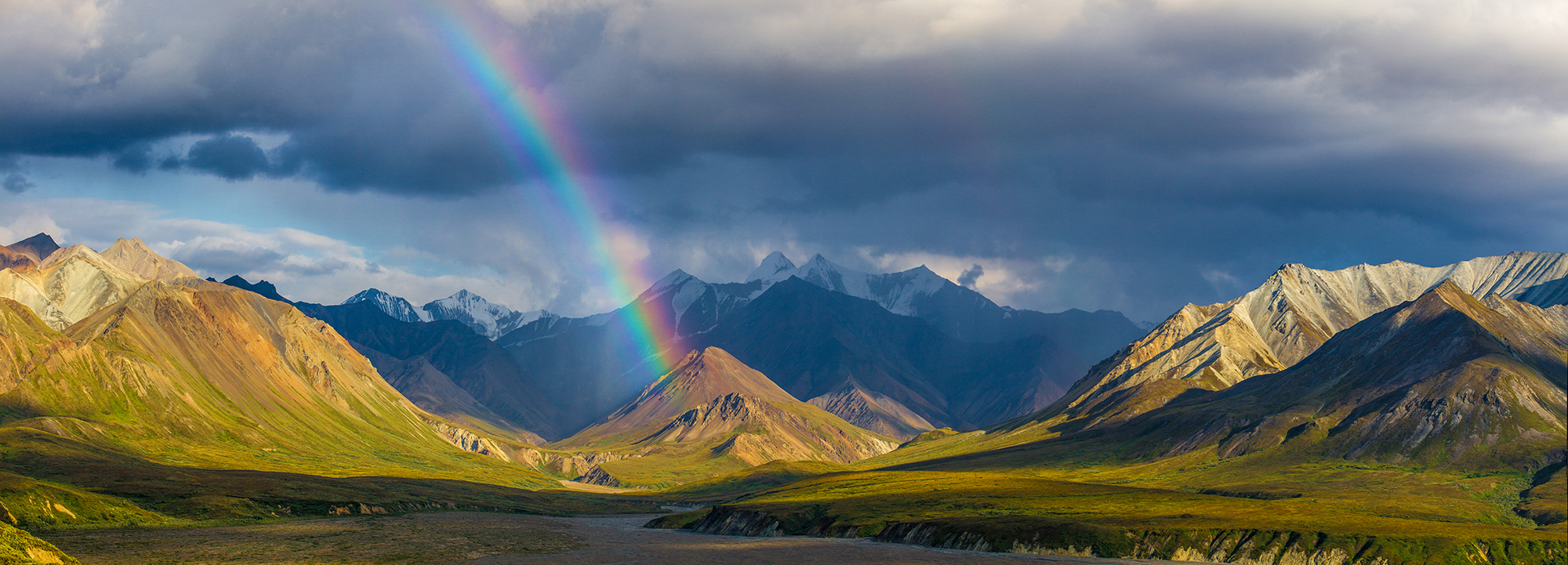
People in Alaska are seeing how climate change brings a domino effect of warming temperatures, extreme weather events and other shifts. Responding to these changes is leading to action—actions that in many cases are distinctly Alaskan.
For instance, an approach to renewable energy in Kodiak has drawn on local resources to design a transformative approach to generating nearly 100% renewable energy—replacing polluting fossil fuel each and every year. In Juneau and several rural Southeast communities where fish-friendly hydropower produces most local electricity, homeowners are turning to efficient electric air source heat pumps to heat their homes—a proven way to reduce families’ energy costs.
In a state ranking sixth in petroleum production—after Texas, New Mexico, North Dakota, Oklahoma and Colorado but ahead of California—clean energy still makes up a major part of our energy mix: Communities across our state have been thinking ahead—and now a third of Alaska’s electricity generation comes from clean and reliable renewables. And there's more to come.
Reports
Alongside communities, we’re harnessing the power of scientific inquiry to clear obstacles and find practical solutions to the problems caused by climate change in Alaska.
-
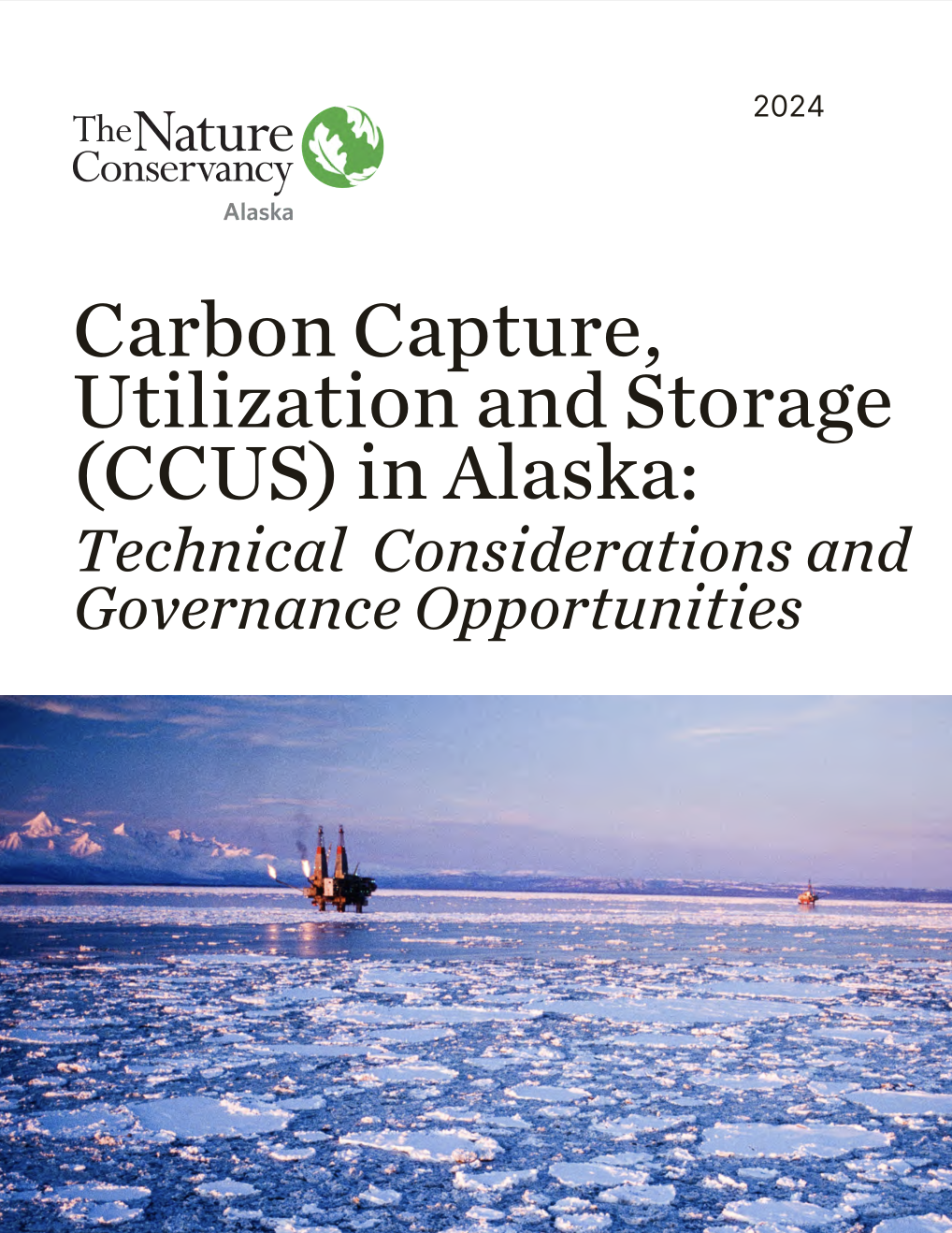
CCUS in Alaska
This memo examines carbon capture, utilization, and storage (CCUS) through a high-level technical and governance framework and summarizes various considerations, risks, and case studies to provide a framework for understanding CCUS in Alaska.
DOWNLOAD -
Energy Financing in Alaska
As Alaska focuses on energy diversification, green banks show promise as an important tool to help overcome financing challenges many Alaska energy projects face.
DOWNLOAD -
Resilient Communities
This briefing paper summarizes the opportunity for investment in community infrastructure in rural Alaska.
DOWNLOAD -
Resilient Homes
Transitioning all forms of infrastructure, including energy production, transportation, housing, and community facilities, and increasing energy efficiency will be necessary to address the impacts of climate change.
DOWNLOAD -
Natural Climate Solutions in Alaska
While the threats are sobering, Alaska also has unique assets and opportunities in the fight against global climate change. As the world responds to problems caused by climate change, Alaska is well positioned for opportunity.
DOWNLOAD -
Alaska's Renewable Energy Economy
Recent decades have seen a steady march of renewable energy infrastructure installed across Alaska’s more than 150 energy grids.
DOWNLOAD
Alaska Communities Lead the Way
Communities rely on a mix of clean energy to generate electricity reliably—promising major cost savings while stopping pollution.
-
Kodiak
Kodiak produces more than 99% of its electricity with wind and hydropower. Visit an Alaska Town That Transformed Itself
-
Cordova
A pair of fish-friendly and clean in-river hydropower plants provide 75% of Cordova’s electricity. Meet the Fishing Town That Loves Its Fish-friendly Hydropower
-
Kotzebue
North of the Arctic Circle, wind and solar energy currently provide nearly a third of Kotzebue's electricity—and communities in the region are making great strides to electrify. New Solar Installations and 'Heat Pumps in Every Home' Promise Savings
-
Igiugug
On the Kvichak River in the Bristol Bay headwaters, the village of Igiugig’s fish-friendly in-river turbines, coming battery storage and energy efficiency measures can teach about lessening dependence on fossil energy. See Igiugig's Journey Toward Sustainability
-
Tok
In Tok, the Gateway School District relies on biomass—in this case, supplied by thinning fire-prone spruce forests on state lands—for generating more affordable heat and electricity. Get a Close Up Look at How Wildfire Defense Can Save on Energy
Alaska’s Big-Time Climate Opportunity
Just as Alaska’s ingenuity has built safe and clean energy to end the local dependency on fossil energy, Alaska’s healthy lands and forests also hold great promise.
If we don’t protect and restore nature, we lose out on a proven way to avoid the worst effects of climate change and safeguard Alaska ways of life.
Thus, natural climate solutions—all of which spring from the power of trees and other plants to take carbon dioxide out of the air, through the same photosynthesis described in basic science textbooks.
Protecting, managing and restoring nature—think forests, wetlands and peatlands—all work together to store heat-trapping carbon pollution from dirty sources of energy. And Alaska’s lands possess an astonishing and powerful capability—more than 50% of the nation’s total natural carbon storage capacity.
A landmark study led by TNC in 2017 shows that protecting nature, along with good land and forest management, can provide up to one-third of the emissions reductions necessary to avoid the worst effects of climate change, like even more severe wildfires, storms, landslides and warmer salmon streams.


